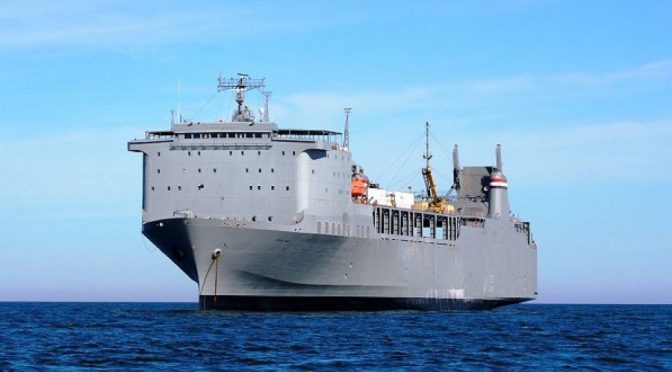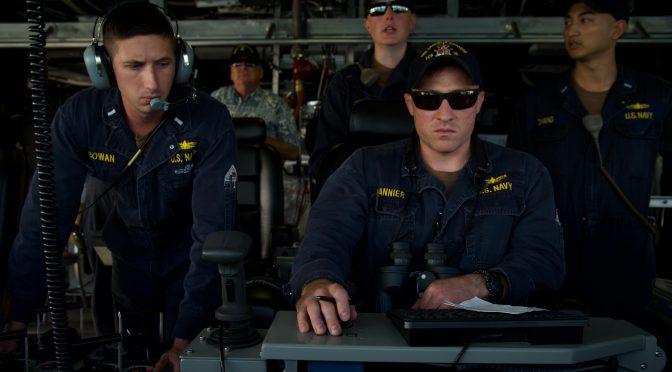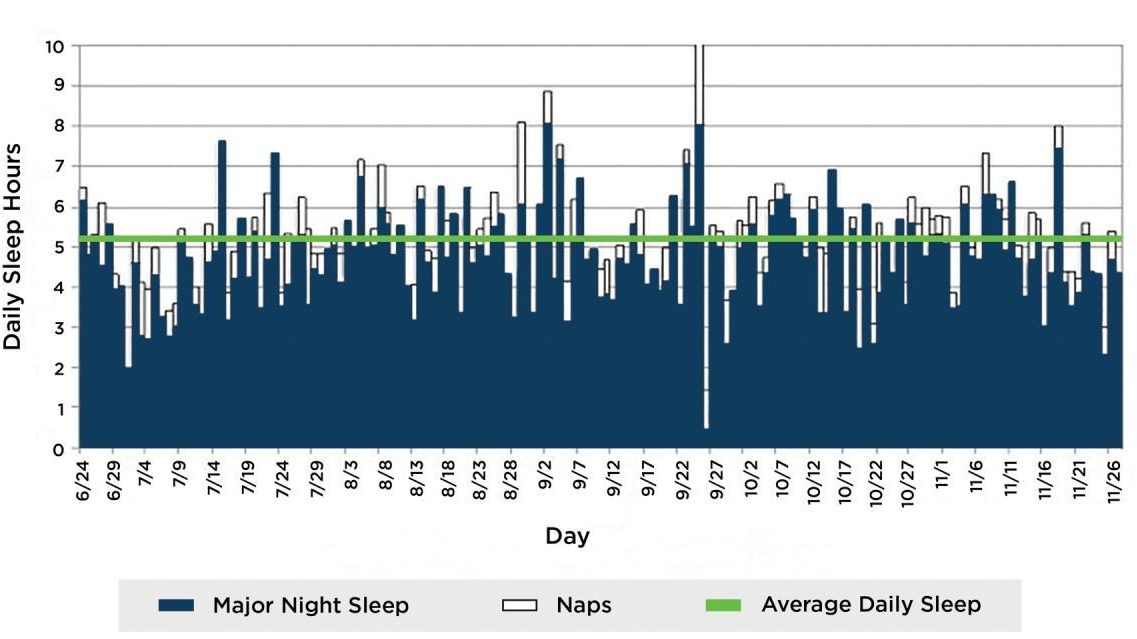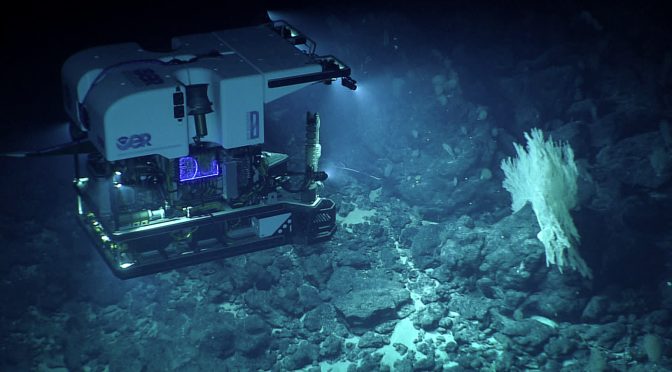Notes to the New CNO Topic Week
By Stephen M. Carmel
The U.S. military has lost one of the unique differentiators that formally sets it apart from its potential adversaries – the ability to reliably sustain itself over long distances within relevant timeframes. There has been much said recently on the dismal state of the nation’s dry cargo sealift forces. And while it is rarely touched on in the conversation, the fact is that for all practical purposes there is no virtually tanker (fuel) capacity to speak of at all.
The question is not “would the U.S. Navy run out of fuel in a fight with China?”, but how quickly. We are talking weeks, if that. An aircraft carrier (even a nuclear one) at war without fuel is just an artificial reef in the making. The Chinese add the equivalent of an entire U.S. Maritime Security Program (MSP) fleet to their inventory every year while in the U.S. we debate about adding one or two ships over the course of decades but nothing concrete ever gets done. The Chinese have bold visions and execute on those visions effectively. In the U.S., at least in terms of sealift, incrementalism is our watchword and even then we don’t execute on that minimal vision. The focus is always on doubling down on failed programs and policies that brought about the current state of affairs when bold, innovative thinking that does not repeat the mistakes of the past is required.
As a start we urgently need a true Maritime Strategy (CS21R and its successor, the Design, are naval, not maritime strategies). The Maritime Strategy must lay out how the nation’s sealift assets and merchant marine fit into broader national security objectives and wartime contingencies. Then that strategy must be executed rapidly and effectively.
A program for defense sealift must ensure the proper mix of both wet and dry cargo ships is available and truly deployable when needed. The architecture of the defense sealift fleet must be adaptable and able to adjust easily to changes in the threat we face. However, current policy remains a static architecture and what is being discussed in the Ready Reserve Force recapitalization conversation is just another old, obsolete, and static fleet architecture, but which somehow intends to be used in a modern and dynamic threat environment. This is a recipe for failure.
This is an issue of readiness posture. It is time to recognize that if this problem is not solved and solved urgently, a peer competitor will be able to outlast us in conflict and eventually dictate the outcome. Sealift cannot continued to be viewed as a burden and one to be cut when dollars are short. It is a crucial logistical enabler of naval warfighting.
Sealift – the ability to sustain our forces over long distances at the speed of war – must be viewed as an indispensable element of a forward leaning, lethal, combat force. Without this investment everything else may be rendered moot.
Steve Carmel is Senior VP at Maersk Line Limited. Among other activities he is a current member of the Naval Studies Board, and past member of the CNO Executive Panel and Marine Board.
Featured Image: Ready Reserve Force Vessel Cape Ray. (Transportation.gov)





